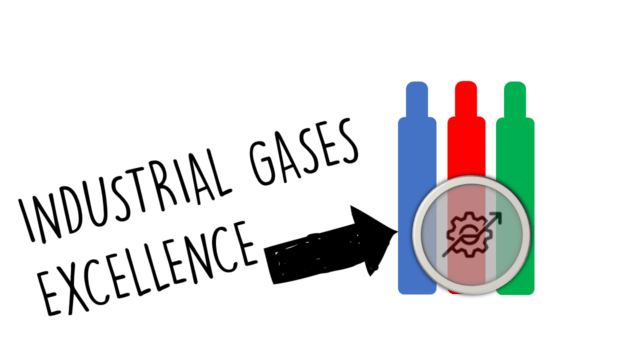Problem:
The industrial gas industry is a critical component of many sectors, including manufacturing, healthcare, and energy. However, the total cost of ownership (TCO) of industrial gases can be a significant burden for businesses. This includes not only the purchase cost but also the costs associated with storage, transportation, maintenance, and disposal. Many companies struggle to manage these costs effectively, leading to inefficiencies and reduced profitability. Additionally, the complexity of managing multiple suppliers and contracts can further complicate the process.
Impact:
Without a strategic approach to managing the TCO of industrial gases, companies may find themselves facing escalating costs and operational challenges. These issues can impact their ability to compete effectively in their respective markets. Furthermore, without a clear understanding of their TCO, companies may miss opportunities for cost savings and efficiency improvements. This lack of visibility can also make it difficult for companies to negotiate effectively with suppliers and make informed decisions about their industrial gas needs.
Solution:
Leading the Industrial Gas Way – Optimizing the Total Cost of Ownership of Industrial Gases is a comprehensive program designed to help companies better manage their industrial gas costs. The program includes several key components:
1. Commitment to Optimizing Total Cost of Ownership of Industrial Gases: The first step in the program is establishing a commitment to optimizing TCO. This involves gaining buy-in from key stakeholders and setting clear objectives for cost management.
2. Establishing the Cross-Company Program Team: A cross-functional team is established to oversee the program. This team includes representatives from procurement, operations, finance, and other relevant departments.
3. Baselining the Use of Industrial Gases: The team conducts an audit to establish a baseline of current industrial gas usage and costs.
4. Calculating the Purchase Costs versus the Total Cost of Ownership (TCO): The team then calculates the TCO for each type of industrial gas used by the company. This includes not only purchase costs but also storage, transportation, maintenance, and disposal costs.
5. Developing the TCO Business Case: Based on these calculations, the team develops a business case for optimizing TCO. This includes identifying potential cost savings and efficiency improvements.
6. Creating the Recruiting Framework for Industrial Gases Service Providers (IGSP): The team develops a framework for recruiting IGSPs that can provide high-quality services at competitive prices.
7. Recruiting the IGSP: Using this framework, the team recruits suitable IGSPs and negotiates contracts that align with the company’s TCO objectives.
8. Get Started: Program for Optimizing Total Cost of Ownership of Industrial Gases: With all these elements in place, companies can start implementing strategies to reduce their TCO for industrial gases.
By following this program, companies can gain greater control over their industrial gas costs and improve their overall operational efficiency.



